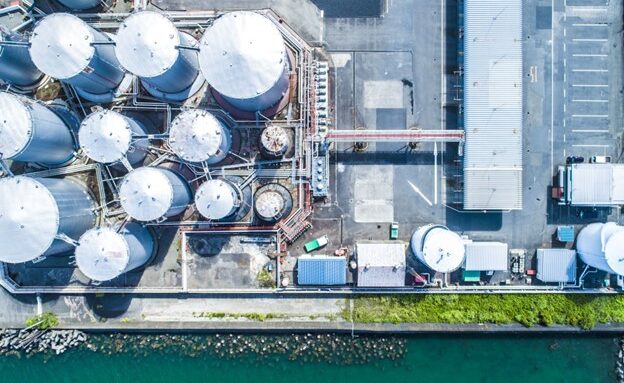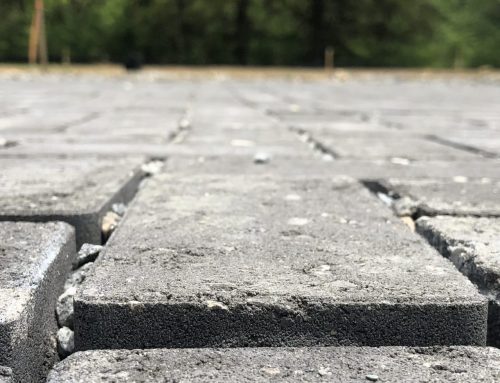Polychlorinated biphenyls (PCBs) are a class of human-made compounds widely used from 1929 through 1979 in manufacturing and industrial applications because of their exceptional fire-retardant and insulating properties. Rising concerns about the toxicity, human health effects, and persistent nature of PCBs in the environment led to a federal ban on the sale and production of PCBs in 1979. Even though PCBs have not been manufactured for many years, their unregulated, historic uses have led to “legacy” PCB contamination.
In Baltimore County, Maryland, PCB total maximum daily loads (TMDLs) have been established by the state for four waterbodies; however, few specific sources of PCB contamination have been identified. The County’s stormwater permit requires them to conduct a PCB Source Assessment to inform plans for meeting the TMDLs’ pollutant load reduction requirements. A PCB Source Assessment is a GIS-based analysis that ranks subwatersheds based on the prevalence of potential PCB sources. The results, in combination with initial in-stream monitoring for PCBs, will help Baltimore County prioritize subwatersheds and eventually stream reaches for future investigations to track down specific sources of PCBs and facilitate their remediation.
CWP compiled and reviewed data from a variety of sources that identify specific locations with potential for PCB contamination, following guidance provided by the Maryland Department of the Environment (MDE). Examples of potential PCB sources include sites with known leaks from transformers, hazardous waste sites, permitted wastewater dischargers, historic landfills, and industry types that are known to use PCBs or be secondarily contaminated with PCBs. CWP assigned a PCB risk score to each subwatershed in the County based on the extent and types of potential PCB sources present. Using the scores, subwatersheds were ranked as having High, Medium, or Low risk of release of PCB contamination in wastewater, stormwater, or groundwater.
In addition to providing the County with an ArcGIS Pro Project Package containing maps of the assessment results, input datasets, and the GIS Model used for the PCB Source Assessment, CWP also created a PCB Source Assessment Toolkit. This Toolkit calculates subwatershed risk scores and relative ranks as described in the MDE Guidance. These risk scores and ranks can be joined back to the GIS dataset of subwatersheds in the Project Package for the County’s future use in PCB source trackdown investigations. This spreadsheet also provides for the entry of up to two reference threshold measurements per watershed, and evaluates whether the subwatershed PCB concentration measured in the source trackdown investigations exceeds its respective watershed’s highest reference threshold measurement. CWP also provided the County with guidance on re-configuring and re-executing the GIS Model so that it can be re-run when input datasets incorporated in the model are edited, or a new risk factor input dataset needs to be incorporated into the model.
Baltimore County will use the PCB Source Assessment to inform revised PCB TMDL implementation plans. The GIS desktop analysis assists in providing context and additional levels of confirmations to initial in-stream investigations to determine potential sources of PCB contribution to waterways.
Project contact: Amanda Pollack, ahp@cwp.org






